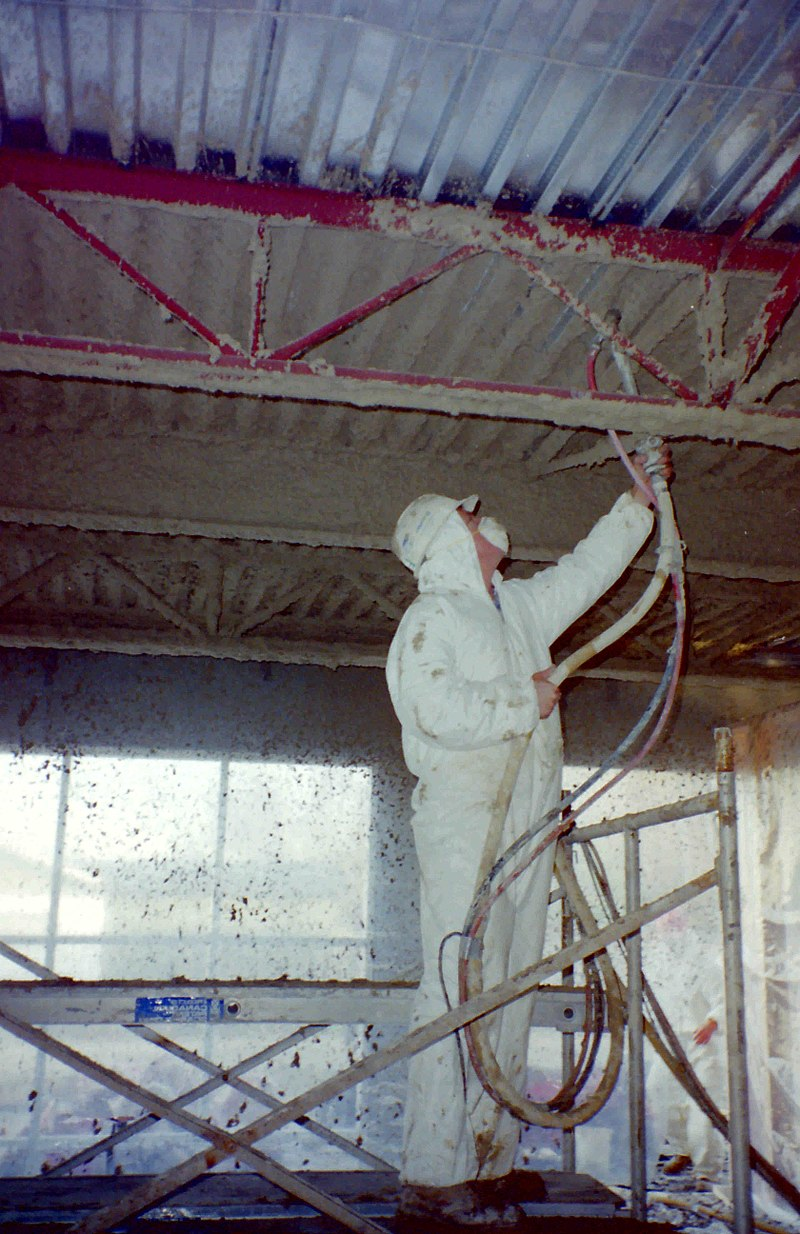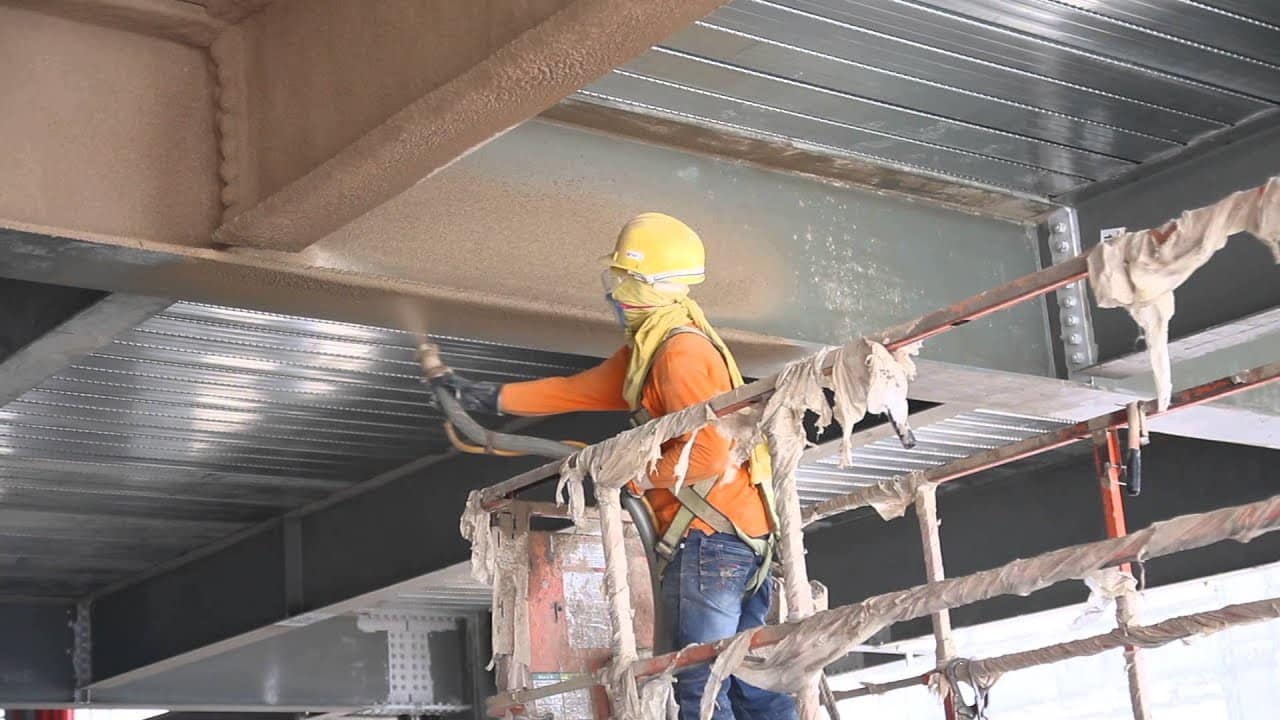Sprayed fire-resistive materials (SFRMs) is fire-resistant material intended for direct application to building structural members. They are mainly cement-based or mineral fibre-based, and their fire resistance and physical properties vary widely between types. Recent code changes related to these materials are important for design/construction professionals to understand.
It is used as part of the building's fire protection strategy. Spray fire resistance has thermal and acoustic properties and controls condensation. However, its main use is to insulate steel and metal decks from the high temperatures encountered in the event of a fire. Passive fire protection products (eg flame retardants, such as flame retardants, are used to delay (or prevent) damage to steel and concrete structures exposed to high temperatures. It thermally heats the component. It is done by separating and keeping it below the temperature that would lead to failure.
MSDS (MATERIAL SAFETY DATA SHEET) for many common fire protection materials state that they can irritate the skin and eyes. Airways such as nose, throat and lungs. Workers spraying or avoiding fire protection. About nosebleeds, bronchitis, pneumonia, asthma, sinus infections, flu-like symptoms, sore throat Eye irritation, sneezing, coughing, shortness of breath, itching and dry skin. Corrosive ingredients. Raw (unused) products such as cement, lime and alum can also cause chemical burns. Because its new Fire resistance contains little or no asbestos and is unlikely to cause cancer as it used to. Like other chemicals, the health effects of fire safety depend on the dose. In 2003, very high levels of total alkaline dust were measured. An Ontario survey was conducted during the mixing of fire protection materials.
We as a team are experts in Spray-Applied Fire Resistive Materials (SFRMs) in interior or exterior applications. Ecc, follow all the guidelines closely set by the IBC(International building code) and UL Fire Resistance Directory Volume 1 (Underwriters Laboratories) complying with the current methods and means of getting hourly ratings and roof assemble as required.
We do both wet-mix SFRMs and dry-mix SFRMs for different structures, and also offer low, medium or high-density fireproofing on your project. Whatever you need regarding your style of fireproofing will depend on your structure, use of the building and the physical abuse over years.

